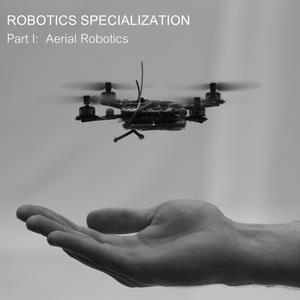Genre: eLearning | Language: English + srt | Duration: 12 lectures (54m) | Size: 539 MB
Fanuc Roboguide Teach Target and Path Simulation and Programming with English and Other Subtitles
What you’ll learn:
Automation simulations
Requirements
Robotics, Automation, Software, Programming, Algorithm,
Description
Accuracy and repeatability are different measures. Repeatability is usually the most important criterion for a robot and is similar to the concept of ‘precision’ in measurement—see accuracy and precision. ISO 9283[16] sets out a method whereby both accuracy and repeatability can be measured. Typically a robot is sent to a taught position a number of times and the error is measured at each return to the position after visiting 4 other positions. Repeatability is then quantified using the standard deviation of those samples in all three dimensions. A typical robot can, of course make a positional error exceeding that and that could be a problem for the process. Moreover, the repeatability is different in different parts of the working envelope and also changes with speed and payload. ISO 9283 specifies that accuracy and repeatability should be measured at maximum speed and at maximum payload. But this results in pessimistic values whereas the robot could be much more accurate and repeatable at light loads and speeds. Repeatability in an industrial process is also subject to the accuracy of the end effector, for example a gripper, and even to the design of the ‘fingers’ that match the gripper to the object being grasped. For example, if a robot picks a screw by its head, the screw could be at a random angle. A subsequent attempt to insert the screw into a hole could easily fail. These and similar scenarios can be improved with ‘lead-ins’ e.g. by making the entrance to the hole tapered.
Who this course is for
Engineers, students and anyone else interested in Robotics and Automation











Reviews
There are no reviews yet.